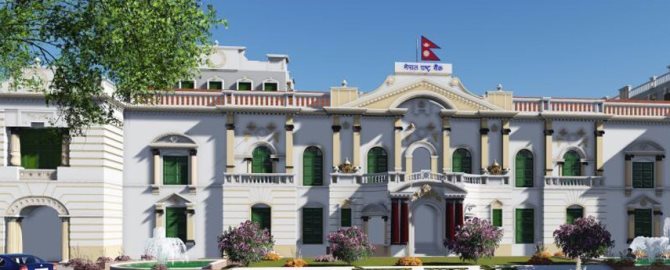
KATHMANDU, (Reuters) – Nepal’s annual retail inflation accelerated to 8.56% for the month ending mid-June, central bank data showed on Monday, pushed by a spurt in food and fuel costs amid pressure on the country’s currency.
The latest inflation rate, highest in nearly six years, accelerated from 7.87% the previous month and 4.19% a year earlier, data showed.
Nepal’s central bank faces a tough task of tightening monetary policy enough to cool consumer demand and tame prices, while avoiding major damage to the economy – hit hard during two years of pandemic.A rise in crude oil and commodity prices since Russia invaded Ukraine in February has pushed up inflation globally, forcing many central banks to raise interest rates.
Earlier, speaking to lawmakers central bank governor Maha Prasad Adhikari, hinted interest rates could be raised to contain inflation.
Prakash Kumar Shrestha, head of the central bank’s Economic Research Department, told Reuters Nepal could experience some more months of surging inflation because of higher oil prices.The average monthly year-on-year inflation in the first 11 months of the fiscal year ending mid-June was 6.09% and is expected to stay within the average annual target of 6.5%, bank officials said.
Retail food and beverage prices rose 7.43% year-on-year in the month ending mid-June while non-food and service inflation stood at 9.44%, data showed.
Nepal, a country of 29 million people landlocked between China and India, has banned luxury goods imports until mid-July but after one month dropped its move to a two-day weekend aimed at cutting fuel consumption amid opposition from hospitals and schools. The Nepali currency, which weakened 4.4% over the year to mid-June, making fuel and food imports costlier, traded at 127.11 to the dollar on Monday, a record low, central bank data showed.






